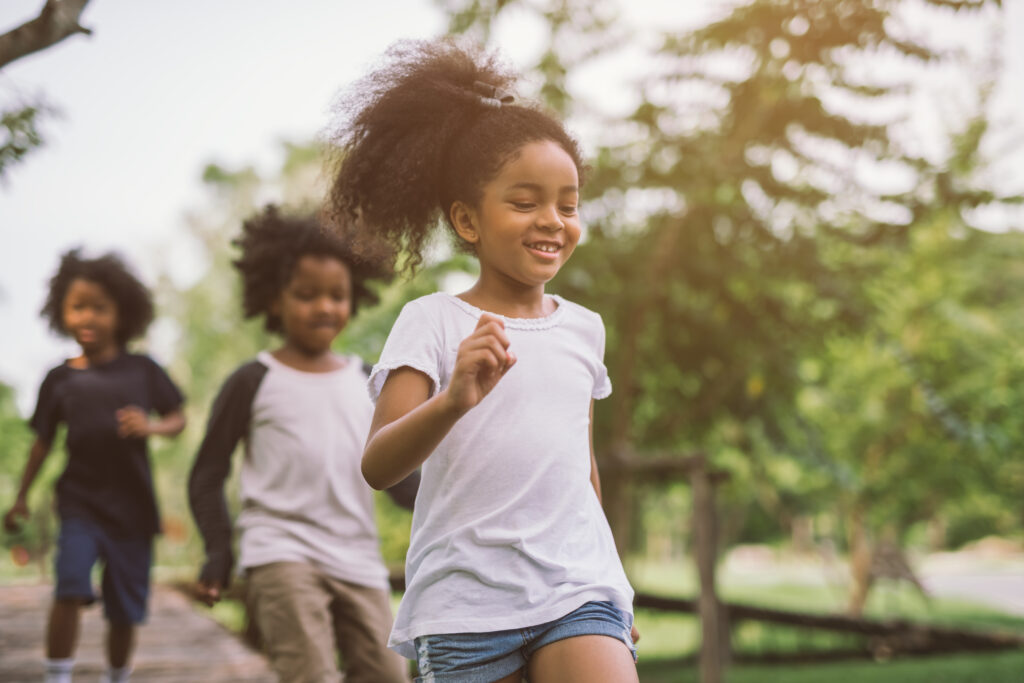Airports are bustling hubs of activity, and for individuals with autism, the sensory overload can be intense. Acknowledging and addressing sensory sensitivities is key to creating a more comfortable experience.
Noise-Canceling Headphones:
Equip your child with noise-canceling headphones to minimize the impact of loud announcements, bustling crowds, and the general noise.
Visual Supports:
Utilize visual supports like social stories or visual schedules to prepare your child for each step of the airport process. This provides a clear understanding of what to expect.
Comfort Items:
Bring along comforting items such as a favorite blanket or toy. Having familiar items can provide a sense of security in unfamiliar surroundings.
Pre-Travel Preparation:
Visit in Advance:
Consider visiting the airport before your travel day. Familiarizing your child with the layout, security procedures, and even watching planes take off can ease anxiety.
Practice Security Checks:
Practice going through security at home. Explain the process, and if possible, visit the security area to observe and demystify the experience.
Travel during Off-Peak Hours:
Opt for flights during less busy times to reduce the overall stimulation and provide a quieter environment for your child.
During the Airport Experience:
Priority Boarding:
Check with the airline for priority boarding options. This allows your family to board early, minimizing the stress of navigating through a crowded plane.
Designated Quiet Spaces:
Identify designated quiet areas within the airport where your child can retreat if overwhelmed. These spaces provide a sanctuary to regroup and decompress.
Communication with Airport Staff:
Inform staff about your child’s needs. Many airports have programs or staff trained to assist families with special considerations, ensuring a more supportive experience.
Post-Travel Celebrations:
Celebrate Achievements:
Acknowledge your child’s efforts throughout the journey. Celebrate each successful step, whether it’s passing through security or boarding the plane.
Establish Travel Routines:
Create post-travel routines that include comforting activities or treats. This helps your child associate positive experiences with air travel.
With thoughtful preparation and a focus on sensory considerations, families can transform the airport experience into a manageable and even enjoyable adventure for individuals on the autism spectrum. Remember, each successful journey is a step toward building resilience and confidence.



